Parsley, a vibrant green herb used in kitchens around the world, is more than just a garnish. Whether sprinkled fresh over Mediterranean dishes, blended into Middle Eastern tabbouleh, or stirred into soups and sauces, parsley (Petroselinum crispum) plays a crucial role in global cuisine. Beyond its culinary use, parsley also holds medicinal and nutritional value, being rich in vitamins A, C, and K, and acting as a natural diuretic and detoxifier.
But when we look beyond the plate, one fascinating question arises: Which country produces the most parsley in the world? This article explores the answer with a detailed breakdown of the global parsley industry, production statistics, trade dynamics, and the reasons behind the success of the leading parsley-producing nation.
Introduction: The Global Demand for Parsley
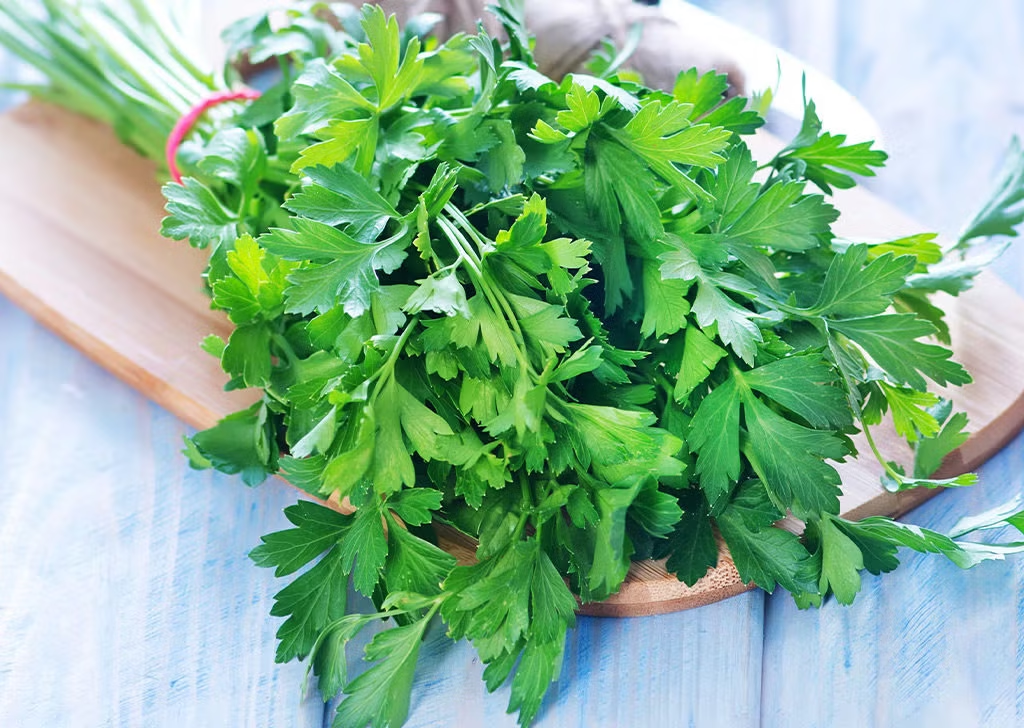
Parsley is native to the Mediterranean region, but today, it is cultivated across continents — in Europe, Asia, the Americas, and Africa. Its adaptability, ease of cultivation, and dual use (as both a fresh herb and dried spice) have made it one of the most important herbs in international agriculture.
There are two major varieties of parsley:
- Curly-leaf parsley (Petroselinum crispum) – often used for garnishing.
- Flat-leaf parsley (Petroselinum neapolitanum) – preferred in cooking for its stronger flavor.
Global demand for parsley has grown in recent years due to the popularity of plant-based diets, the rise of international cuisines, and increased interest in natural health remedies.
Global Overview of Parsley Production
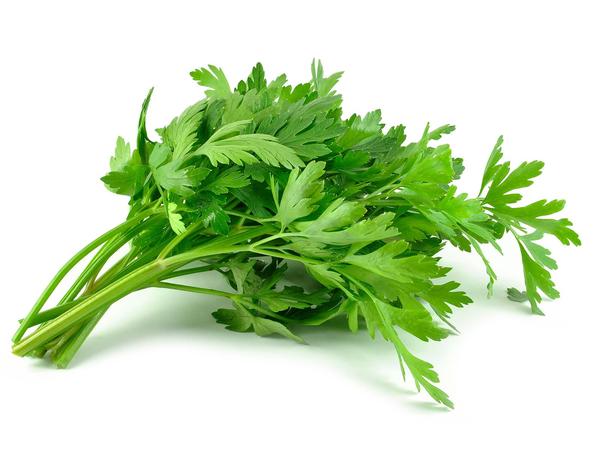
Parsley is grown in hundreds of countries, but a few dominate the market. Key parsley-producing nations include:
- China
- India
- Turkey
- United States
- Germany
- France
- Egypt
Among these, China stands as the largest parsley producer in the world, followed closely by India and Turkey. China’s dominance in global herb production, including parsley, is supported by vast agricultural infrastructure, export-oriented policies, and large-scale industrial farming.
China: The World’s Largest Parsley Producer
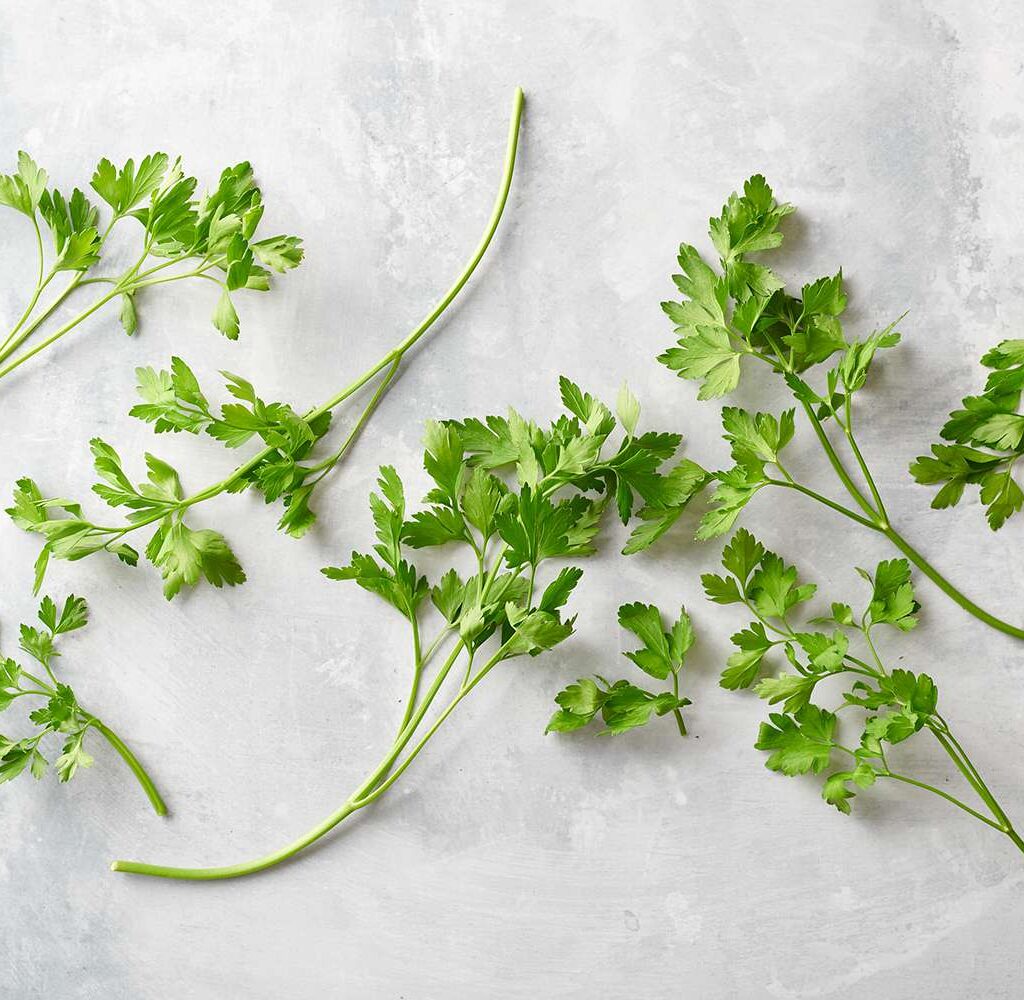
1. Scale of Production
China has long held the position of the world’s largest producer of various herbs, including parsley. With thousands of hectares dedicated to herb cultivation and ideal agro-climatic conditions across multiple provinces, China produces over 300,000 metric tons of parsley annually (combined fresh and dried).
Key production regions include:
- Shandong Province
- Henan
- Sichuan
- Hebei
- Yunnan
These areas offer rich soil, moderate rainfall, and long growing seasons — perfect for high-yield herb farming.
2. Farming Practices
China utilizes both traditional farming techniques and modern mechanized agriculture to grow parsley:
- Open-field cultivation for large-scale drying and processing.
- Greenhouse farming for high-quality fresh parsley for export and domestic use.
Organic and pesticide-free cultivation methods are also being adopted, especially for export markets in Europe and North America.
3. Export Power
China exports large quantities of dried parsley, parsley flakes, and essential oil extracts to:
- USA
- Germany
- United Kingdom
- Japan
- South Korea
These exports are driven by competitive pricing and large-scale production capacity. Chinese parsley is particularly valued in processed food industries, where it is used in spice blends, dehydrated soups, and seasoning packets.
4. Challenges
While China leads in quantity, concerns about pesticide residues, soil degradation, and quality control occasionally challenge its reputation. However, the country is making significant improvements in traceability and food safety to meet global standards.
India: Rising Star in Parsley Cultivation
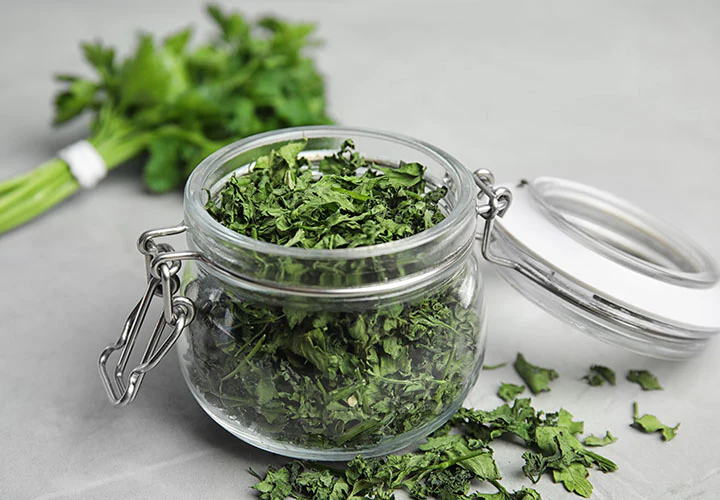
1. Climate and Cultivation Zones
Though not native to India, parsley has found a stronghold in Indian agriculture, especially in states like:
- Maharashtra
- Karnataka
- Tamil Nadu
- Himachal Pradesh
- Uttar Pradesh
India produces both curly and flat-leaf parsley and is one of the fastest-growing exporters, with annual production exceeding 150,000 metric tons.
2. Domestic and Export Use
Parsley is used in Indian culinary innovations, health drinks, Ayurvedic supplements, and cosmetic products. The herb is also cultivated for its essential oil, which is used in perfumes, soaps, and holistic medicine.
India exports both fresh and dried parsley to:
- UAE
- Saudi Arabia
- USA
- Canada
- Singapore
The country benefits from a year-round growing season and government incentives promoting herbal farming under the AYUSH and organic farming schemes.
Turkey: Tradition Meets Global Trade
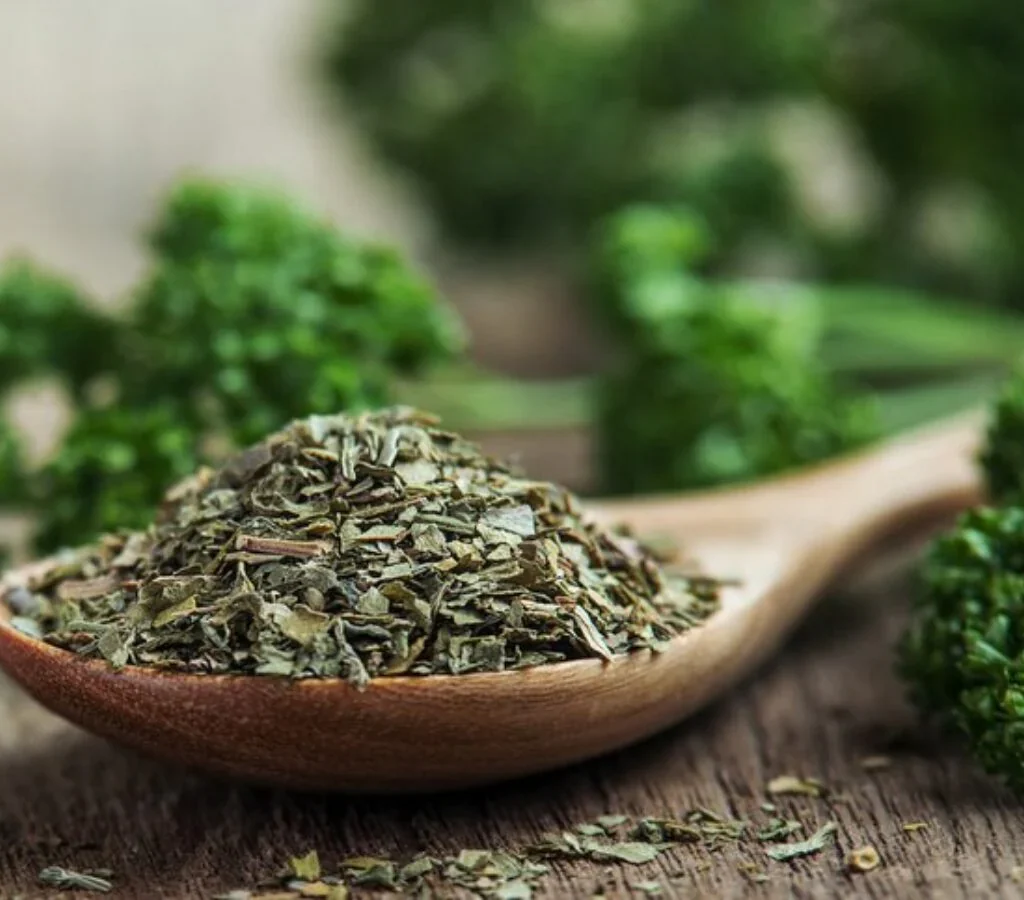
1. High-Quality Flat-Leaf Parsley
Turkey is another top parsley producer, especially known for its aromatic, flavorful flat-leaf parsley used in Mediterranean and Middle Eastern cuisines. Turkish parsley is a staple in dishes like tabbouleh, dolma, and meze platters.
2. Major Growing Regions
Parsley is grown widely in:
- Mersin
- Antalya
- Bursa
- Izmir
- Adana
These areas have fertile soils and a mild Mediterranean climate ideal for herb cultivation.
3. Production and Export
Turkey produces more than 100,000 metric tons of parsley annually, with a strong focus on fresh herb exports. Turkish parsley is exported across Europe and the Middle East, where it is prized for its vibrant color and strong flavor.
Turkey also benefits from organic farming certifications and proximity to European markets, helping it maintain a competitive edge.
United States: Herb Farming with a Focus on Quality
1. Commercial Farming
In the U.S., parsley is grown primarily in:
- California
- Arizona
- New Jersey
- Florida
The country focuses more on quality and packaging than quantity, producing about 60,000 to 80,000 metric tons annually.
2. Use and Imports
The U.S. imports large volumes of parsley to meet domestic demand in:
- Food processing
- Culinary applications
- Nutritional supplements
It imports fresh and dried parsley primarily from Mexico, Canada, and China.
Egypt and France: Niche Players with Specialty Markets
Egypt is known for its dried herbs, including parsley, and is an important supplier to Europe.
France produces high-quality parsley for local culinary use and boutique export markets. Both countries focus on organic and sustainable farming, catering to health-conscious consumers.
Parsley Market Trends
1. Global Growth
The global parsley market is expected to grow at a CAGR of 5%–6% in the next five years, fueled by:
- Rising demand for herbs in health products
- Growing culinary diversity
- Consumer preference for organic ingredients
2. Fresh vs. Dried Parsley
- Fresh parsley is used mainly in restaurants, home kitchens, and health drinks.
- Dried parsley dominates industrial usage in spice blends, canned foods, and convenience meals.
China dominates the dried segment, while Turkey and India lead in fresh exports.
3. Essential Oil and Medicinal Use
Parsley essential oil is gaining popularity in:
- Aromatherapy
- Ayurvedic medicine
- Skincare and haircare products
Countries like India and China are investing in research and extraction technologies to meet this growing demand.
Future Outlook
As health trends shift towards plant-based and natural solutions, parsley is expected to gain more importance in:
- Functional foods
- Dietary supplements
- Organic agriculture exports
Countries investing in sustainable practices, certified organic cultivation, and value-added parsley products (like extracts and oils) will lead the next wave of industry growth.
Conclusion
After a deep exploration of global parsley cultivation, it is clear that China is the largest parsley producer in the world. With massive production volumes, robust export networks, and an efficient agricultural system, China has cemented its position as the global leader.
Other key players like India, Turkey, the United States, and Egypt also play essential roles in meeting global demand. Their focus on quality, organic farming, and niche markets contributes to a diverse and thriving parsley industry worldwide.
Parsley is not just a simple kitchen herb — it is a global agricultural commodity with rising importance in food, health, and trade. As global dietary habits continue to evolve, parsley’s role will only grow stronger on the world stage.
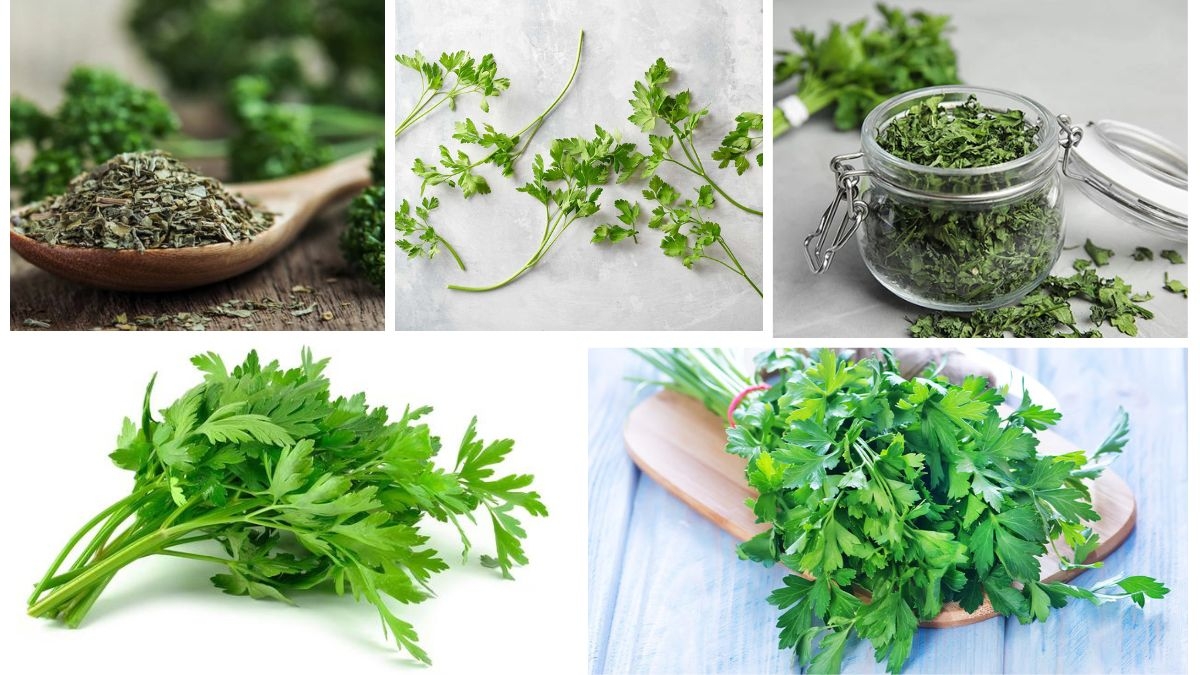
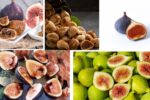
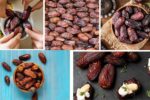
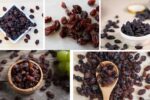
Leave A Comment